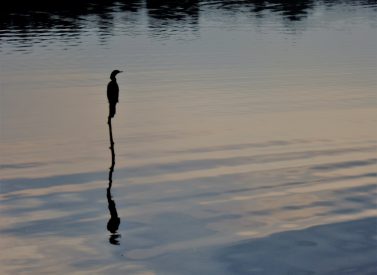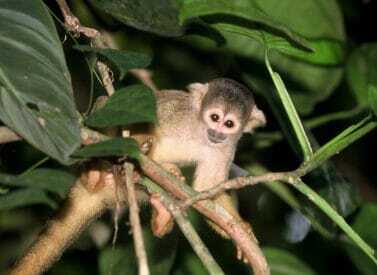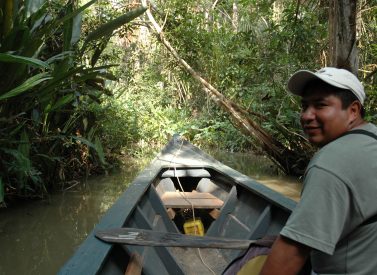
Tambopata Amazon Rainforest Tour, Peru
Explore the Amazon rainforest and jungle of Peru, spotting great wildlife.
Stay at our comfortable eco-lodge in Tambopata.
Among the many highlights of Tambopata is the overnight visit to the Chuncho macaw lick, where thousands of macaws and parrots gather to eat the mineral-rich clay.
You can swim in the Amazon river, climb a canopy tower for a breathtaking look over the rainforest, and take night hikes with your guide.
We also visit beautiful Sandoval Oxbow Lake as part of this tour into the heart of Peru’s Amazon.
More on Tambopata tours in Peru
The great advantage of Tambopata is that is accessible by a short flight from Lima or Cusco.
After a fascinating journey up the Tambopata reserve, where wildlife abounds, you find yourself deep into pristine Amazon rainforest teeming with life.
Monkeys, caiman and perhaps the elusive jaguar may all be seen on this tour.
Native guides teach you about the medicinal and practical uses of plants by local tribes bringing the rainforest alive to you.
Trip Highlights
Print Share Download as PDF-
Chances to see macaws, monkeys and caiman.
-
Visit a beautiful oxbow lake with a chance to see giant otters.
-
Comfortable eco-lodge close to Cusco and Lima, a perfect introduction to the Amazon.
-
Native guides will bring the rainforest alive to you, explaining the uses of plants by tribes.
The scenery, the flowers, the food, the guide,… were all excellent.
Amitiva, Tambopata
Full Itinerary
Day 1: Fly to Puerto Maldonaldo, transfer to lodge. Introductory walk, Amazon lodge (L,D)
Fly from Cusco or Lima to Puerto Maldonado airport where you will be met and accompanied to Wasai Maldonado Lodge. Here you can leave any luggage you don’t need.
We start our adventure with a two-hour trip to Wasaí Tambopata Lodge. First, we drive about 47 km on a paved road, then switch to an off-road track for another 17 km, passing farms and forest. The road leads us to a small port on the Tambopata River, where our motorboat will be waiting. From there, it’s a 20-minute ride downstream to the lodge. (We’ll have a box lunch along the way.) Keep your eyes peeled during the journey—you might spot colorful birds, capybaras (the world’s largest rodents), and other amazing wildlife on the river banks.
Once we have reached the lodge, there is time to rest a little before you’re off on a brief introductory walk in the forest nearby to learn basic principles of ecology and hear some wildlife natural history.
After dinner we make our first visit to the forest to observe the nocturnal life of insects, frogs of various colors and an occasional encounter with nocturnal mammals and to enjoy the diverse sounds of the jungle which accompany our first night in Amazonia.
Day 2: Visit macaw lick, night walk, Amazon lodge (B,L,D)
Today we wake early (04.30am) and travel up the Tambopata River for an hour or so to the Macaw Clay Lick ‘El Chuncho’ in the Tambopata National Reserve
You see a magical sunrise and it is a great opportunity to see animals such as capybaras, tapir, jaguar, and deer in the surrounding virgin forest. We can observe (from a safe distance) one of the greatest spectacles of the rainforest: Hundreds of parrots, parakeets and macaws of various species, enjoying their diet of mineral salts on a river bank. We have breakfast here before heading back to the lodge.
Back at the lodge, you can relax in the hammocks or take a refreshing swim in the hotel pool or in the Tambopata River. Lunch will be served between 1:00 and 1:30 p.m.
After lunch, we’ll go on a short 1 km ethno-botanical walk to explore the fascinating world of jungle plants and their uses in local culture. You’ll learn about medicinal plants, sacred lupuna trees, walking palms, and even hollow trees that ants call home.
Those that feel adventurous can join another trip through the jungle in search of caimans. Or of course you can simply relax in the lodge surrounded by exotic nocturnal sounds.
Day 3: Visit Sandoval Lake, Maldonaldo lodge (B,L,D)
After breakfast we travel by boat to Wasai Maldonado Lodge, in Puerto Maldonado, where we relax in our bungalows and enjoy a tasty lunch.
After lunch we leave and travel for around thirty minutes on the Madre de Dios River until we reach the access trail to Lake Sandoval, a beautiful typical rainforest lake. It’s about a 3km hike to the banks of the lake.
Once we have reached the lake we board a canoe explore it further, enjoying its beauty and observing the wildlife, such as kingfishers, herons, the unique pre-historic looking hoatzins, monkeys, etc.
If we are lucky we could see the family of giant otters which live at the lake. We can fish for piranhas and swim in the lake.
In the late afternoon we begin our hike back to the Madre de Dios River to return to Puerto Maldonado and the comfortable bungalows of WASAI Maldonado Lodge.
After dinner you have the option to relax in the hotel and enjoy the pool or have a wander in town on foot.
Day 4: Transfer back to airport for flight out, ends (B)
After breakfast it is time to say farewell and return to the airport for flight out.
Prices From $690 / £561 per person
What's Included?
Accommodation at lodges (2n Tambopata Lodge & 1n Maldonado Lodge), National Reserve entry fee, land and river transport, all transfers, English-speaking guide, all meals.
What's Not Included?
Flights (ask for prices), airport departure taxes or visa fees, excess baggage, additional nights during the trip due to flight cancellations, alcoholic drinks or bottled water, snacks, insurance, laundry, phone calls and items of personal nature.
Accommodation
Wasai Lodge: Occupancy: up to 50 passengers in 21 lovely cabins made in regional typical style (wood with palm rooves, terraces), most of them with river view.
All rooms with private bathrooms, mosquito nets, terraces with hammocks.
9 double occupancy bungalows and 4 large bungalows with two and three person rooms
Central Lodge building with dining area, bar, common areas to relax, hammocks, library. kitchen, and WI FI zone
Maldonaldo lodge: Each bungalow is 35m2 with frigo bar, hot water, air conditioner (optional), fans, cable tv, river views, room service
Restaurant: The Hotel’s restaurant sits 25m above the river bank, offering wonderful views of the river and surrounding vegetation.
Tour Staff
Local native guides come from the community and/or the area surrounding the lodge. Some specialist guides do come from other parts of Peru.
They speak English and will bring the rainforest alive for you. Each has a speciality/interest as well as a broad overview of the forest.
The lodges are by community members, so you visit really means giving back to the locals.
Meals
The lodge’s dedicated kitchen staff serve up a mix of local dishes and international plates using food from the rainforest wherever possible.
This means a delight for the tastebuds as there are so many tasty treats growing around the lodge.
Breakfasts are usually early and there are fruit juices made from local plants – some of which you may have never heard of – along with teas and locally-grown coffee. There are usually cakes, jams and a choice of eggs, toasts and cereals.
Lunch and dinner are usually three courses – a soup to start followed by a hearty main and then pudding.
Fish, chicken and beef all feature, and there is always a vegetarian option, too (almost all dietary requirements can be catered for). Side dishes include yams and potatoes and rice, plus more rainforest delicacies.
Pudding is often fruit or a cake made in the local style.
Activity Level
These trips are designed to be open to people of all ages and abilities.
You need to be able to step into and out of a boat and the fitter you are the more you will enjoy the trip.
Walks are short in length but you may be on your feet for 2-3 hours as you stop to look at wildlife. There are shorter walks for those who don’t want to walk so far – your guide will talk to you about preferred activity levels.
There are also rides in boats/canoes that can last up to 1.5 hours, depending on the tour.
Practical Information
Introduction to Peru
Peru is the perfect holiday destination for adventure travellers that want an amazing variety of activity, geography and cultural travel experiences.
The breadth of travel experiences in Peru is breathtaking – from trekking in the Andes to Machu Picchu to the tropical jungle of the Amazon, and plenty in between.
The people of Peru make it a special destination too, with its colourful and traditional street life and friendly locals.
Geography of Peru
Peru is made up of 3 distinct geographical areas: the coast, the mountains and the jungle.
The costa or coastal region is a narrow ribbon of desert 2,250 km long, crossed by fertile river valleys flowing from the Andes. It takes up 11% of the country and holds more than 40% of the population.
The cold Humboldt current gives rise to a blanket of mist – the garua – which hangs above coastal cities like the capital Lima from May to November.
Heading east, you’re soon climbing above the garua and into the Andes. The sierra, or mountainous region, covers some 25% of Peru’s territory and contains 50% of the population. The sierra inhabitants are mainly Indigenous or Mestizo, and many still speak Quechua or Aymara.
The sierra contains dozens of 6,000-metre snow peaks and volcanoes, including Huascaran (6,768m) the highest mountain in the tropics. The deep valley basins contain most of the towns and arable land; the terracing and canal systems of the Incas and pre-Incas are often still used today.
The eastern Andes are heavily forested up to 3,350m and sweep down into the Amazon Basin.
Peru’s selva or jungle makes up almost two thirds of the country’s area, but holds only about 6% of the population: the only towns with significant populations are Iquitos and Pucallpa.
Weather in Amazon of Peru
The Amazon rainforest
Year-round, weather conditions are hot and humid and there is always the risk of rain
There is a ‘dry season’ in Tambopata and Manu between May and October. The average daytime high temperature is between 25°C and 34°C and the average nighttime low is between 16°C and 22°C. Heavy downpours typically occur every few days.
Around 80% of annual average rainfall – approx 2,000 mm in Manu and Tambopata and 1,400 mm in Iquitos – occurs in the wet season Nov-April.
On rare occasions, between May and September, cold fronts from Argentina – ‘friajes’ – can sweep into southwest Amazonia and push temperatures down to 9° C. (Friajes usually last between 1 and 3 days).
Kit list
Good kit is vital for every trip.
Book with Andean Trails and get 15% off Páramo’s fantastic ethical and high performance outdoor gear.
You can also read our blog about a day in the Amazon rainforest of Peru.
Detailed kit list
- The original and a photocopy of your passport.
- Yellow fever inoculation certificate.
- Good binoculars.
- Tight-weave, light weight long trousers.
- Quick dry socks.
- Rain suit or long poncho (100% waterproof – test before you leave home).
- Long-sleeved tight-weave shirts.
- T-shirts.
- A bottle or canteen to carry water on outings (1-2 litres).
- Sunscreen (factor 30+) and lip salve.
- A broad-brimmed hat that will not come off on windy boat-rides.
- 1-2 pairs of shorts.
- Sunglasses with UV filter.
- A pair of trainers.
- Ankle high, hiking boots.
- Insect repellent.
- Towel & wash-kit.
- Wet Wipes/antiseptic hand-wash cream.
- Head-lamp (plus spare bulb and batteries).
- Personal first-aid kit to include: painkillers, plasters (band-aids), moleskin, anti-biotic cream, general antibiotics (ask your GP), after-bite (tiger balm), anti-diarrhoea tablets, throat lozenges, re-hydration salts & personal medication.
- Cash (small denomination bills) for souvenirs at the lodge, alcoholic beverages, etc.
- A small day pack, 30 litres.
- Camera and film / memory cards (take at least twice the amount you think you will need!).
- Book, e-book, mp3 player/ipod or other to help pass the time.
- Spanish/English phrasebook.
- Extra snacks i.e. cereal bars or favourite chocolate bars.
Please note: Guests should arrive in clothes which they do not mind getting slightly dirty or wet, and should wear footwear that is suitable to walk on a rainforest trail. Sun cream, insect repellent, hat and waterproof clothing should be carried in hand luggage and kept accessible for the journey to the lodge.
You may want to keep your binoculars and camera handy, too.
All bedding, toilet paper etc. is provided at the lodge (or camp, if camping).
ATOL holiday protection
Andean Trails has 25 years of experience of putting together the best South America holidays.
We pay a fee to the CAA for every licensable passenger we book since we hold an Air Travel Organiser’s Licence granted by the Civil Aviation Authority. In the unlikely event of our insolvency, the CAA will ensure that you are not stranded abroad and will arrange to refund any money you have paid to us for an advance booking.
We also offer ATOL (Civil Aviation Authority) protected holidays to give our customers peace of mind when booking and travelling.
When you buy an ATOL protected air holiday package from Andean Trails Ltd you will receive a Confirmation Invoice from us confirming your arrangements and your protection under our Air Travel Organiser’s Licence number 6275.
You can read more about ATOL, who is covered and what protections you have if not ATOL-covered, on our ATOL page.
What is ATOL?
The CAA’s ATOL scheme offers protection to your money and your holiday if you book with us. Not everybody is covered (see ‘Who is covered?’ for more), as you must purchase an ‘air package holiday’ with Andean Trails to be protected.
And ‘air package holiday’ is defined as including a flight and some ground services (hotel, transfer, trek etc). This is also known as an ‘ATOL-protected holiday’.
Who is covered?
To be covered by ATOL, you must book a flight and some ground services with us and be from the UK. If you are from the UK and only book ground services and no flights, you are not covered by ATOL (see below for more on how non-ATOL clients are covered).
If you are outside the UK and buy flights with us, you will be ATOL protected IF any of the flights booked with Andean Trails touches/stops in the UK at any point during your holiday package booked with us.
If you buy your flights elsewhere, please check with that agent if you are ATOL protected. Be careful with online flight purchases and make sure you know what protection you have, if any, before paying for flights.
Not all holiday or travel services offered and sold by us will be protected by the ATOL scheme. Please ask us to confirm what protection may apply to your booking.
For land only holidays not involving any air travel, in accordance with “The Package Travel, Package Holidays and Package Tours Regulations 1992”, all UK passengers booking with Andean Trails Ltd. are fully protected for the initial deposit and subsequently the balance of all money paid to us, arising from cancellation or curtailment of travel arrangements due to the insolvency of Andean Trails.
I’m not ATOL covered, what protection do I have?
If you are not ATOL covered, any payments you make to us go to a Trust account.
We can only access this money once your tour has been completed, meaning that if anything happens to Andean Trails Limited while you are on holiday, then your money is secure and you can either complete the trip or be able to make it home.
If you pay for your holiday with a credit card, some offer payment protection – please check with your cardholder.
You also should have cancellation protection written into your insurance (which we recommend you have at the time of booking) in case you need to cancel.
Peru’s Amazon Rainforest
Peru boasts in its Amazonian region a vast swathe of world-class tropical wilderness with several rain forest and cloud forest reserves which are home to an immense diversity of wildlife.
Accessible from Lima, Iquitos or Cusco, the Amazon jungle is just a short flight away.
In Peru’s southeast lies the extraordinary region comprising the Tambopata National Reserve and the Bahuaja Sonene and Manu National Parks, with the greatest animal and plant diversity anywhere in the world.
Whether you choose to base yourself at a comfortable lodge or enjoy a more demanding camping trip, you can be sure of a unique, exhilarating and unforgettable experience.
Arequipa & Colca Canyon, Peru
The beautiful colonial city of Arequipa is replete with history and culture, and is the gateway to the condors of Colca Canyon.
Nestled at 2,325m/7,627ft, the ‘white city’ sits at the foot of three tremendous volcanoes: El Misti (5,821m/19,098ft), Chachani (6,075m/19,930ft) and Pichu Pichu (5,542m/18,182ft).
Arequipa’s attractions include the Cathedral, Compañía de Jesús Church, Santa Catalina Convent and the Dama de Ampato (Juanita Mummy) Museum.
With a year-round spring climate and sunshine guaranteed for 300 days of the year, it is the perfect place to begin acclimatising before continuing upwards.
Nearby is the famous Colca Canyon. At hundred kilometres long, this incredible gorge is said to reach a maximum depth of 3,400m/11,155ft – twice that of the Grand Canyon.
An overnight tour to Colca gives you the chance to see the iconic, soaring condors of the canyon.
Cusco, Peru
Cusco is the archaeological and cultural capital of South America.
The one-time centre of the vast Inca Empire is a bustling highland city with bags of character.
Its whitewashed streets and plazas feature a fascinating blend of Inca and Spanish colonial stonework and offer endless possibilities for exploration.
You don’t have to venture far to find outstanding examples of high quality Inca architecture, including the monumental temple fortress of Sacsayhuaman.
There is also the fertile farming land of the Sacred Valley on the doorstep, with many Inca terraces, temples and fortresses, plus colourful local markets and small villages.
At night, Cusco offers an excellent array or restaurants and bars plus the continent’s best Andean folk music scene.
Kuelap, Peru
In the northeast of Peru lies Kuelap – the jewel in the massive archaeological crown of the Chachapoyas Cloud People.
The mystical structure of Kuelap – dubbed the Peru’s second Machu Picchu by locals – is 1,200 years old.
It features massive limestone walls towering 60 feet, pottery, bones and hundreds of mysterious round stone structures, and away from the crowds of other sites.
This is a remote area of sub-tropical valleys, half way down the eastern slopes of the Andes. The jungle is impenetrable, dense with low trees, bromeliads, bamboos, orchids and mosses.
Lake Titicaca, Peru
Lake Titicaca, at around 4,000m/13,123ft above sea level, is a vast shimmering body of water on the Peru/Bolivia border.
It is the world’s highest navigable lake, set against a breathtaking background of towering ice-covered Andean mountain peaks.
The islands and shoreline of Lake Titicaca support many Indian communities, including the well known floating islands of Uros and the more remote islands of Taquile and Amantani. Here, traditions are strong and it appears time really does stand.
Agriculture, fishing, knitting and weaving are important to the islanders and by staying a day or two you gain just a small insights into this traditional way of life.
Islanders welcome tourists into their homes and this is a wonderful opportunity to experience island life.
Lima, Peru
Lima, the capital city of Peru, is a vibrant bustling place with a wide variety of things to do.
Stroll or bike around the historic centre, visiting the many museums or just chilling out in a café or restaurant in Miraflores.
In Parque Kennedy you can sit outside in Parisian fashion and watch the world go by in cafes and restaurants, or walk to the shore and the cliffs overlooking the Pacific Ocean.
There are a number of artisan shops & market stalls, plus a big silver jewellery trade, and a burgeoning number of top end restaurants with delicious food.
The centre of Lima is home to impressive Colonial architecture – Plaza de Armas has the Palace, official residence of the president, on one side, and on another is the Cathedral.
San Francisco Church, home of the Catacombs, is well worth a visit, as is the Inquisition museum.
Machu Picchu, Peru
Nothing says Peru quite the way Machu Picchu does.
The Lost City of the Incas, perches dramatically on a ridge-top 400 metres above the Urubamba river. The extensive site, with its many terraces, temples and palaces, is set amid a beautiful landscape of deep gorges and thickly forested mountains.
When Machu Picchu was rediscovered early in the 20th century and cleared of forest, it was found to be very well preserved. It has since presented archaeologists with many unanswered questions regarding the role it played in Inca times.
The sense of grandeur, whether you arrive on the Inca Trail or not, is impressive.
Try to arrive early at the site to enjoy it at its best – and late afternoon can often see you almost alone in the ruins.
The Cordillera Blanca and Huayhuash, Peru
North east of Lima, the Cordillera Blanca offers fantastic mountain scenery and some of the best trekking and climbing in the Andes.
The Cordillera Blanca boasts dozens of peaks over 6,000 metres, including Peru’s highest Huascaran at 6,768m/22,205ft above sea level.
The Blanca range also contains the world’s largest concentration of tropical glaciers.
This is an ideal destination for treks, from just a few to 12 days or so and also an ideal starting place for learning or improving mountaineering skills.
The nearby Huayhuash mountain range contains a dazzling array of snow peaks including seven summits above 6,000 metres.
This is a trekking paradise with breathtaking majestic panoramas and stunningly remote and picturesque camping spots. There is no better place to visit to get away from it all.
Prices From $690 / £561 per person
2025 price, shared cabin, per person
Shorter/longer stays possible
Single supplements apply
Reductions for children

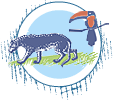
Dates & Prices
Prices From $690 / £561 per person
2025 price, shared cabin, per person
Shorter/longer stays possible
Single supplements apply
Reductions for children
Can’t find what you’re looking for? Get in Touch
+44 (0)131 378 5593
+44 (0)131 554 6025



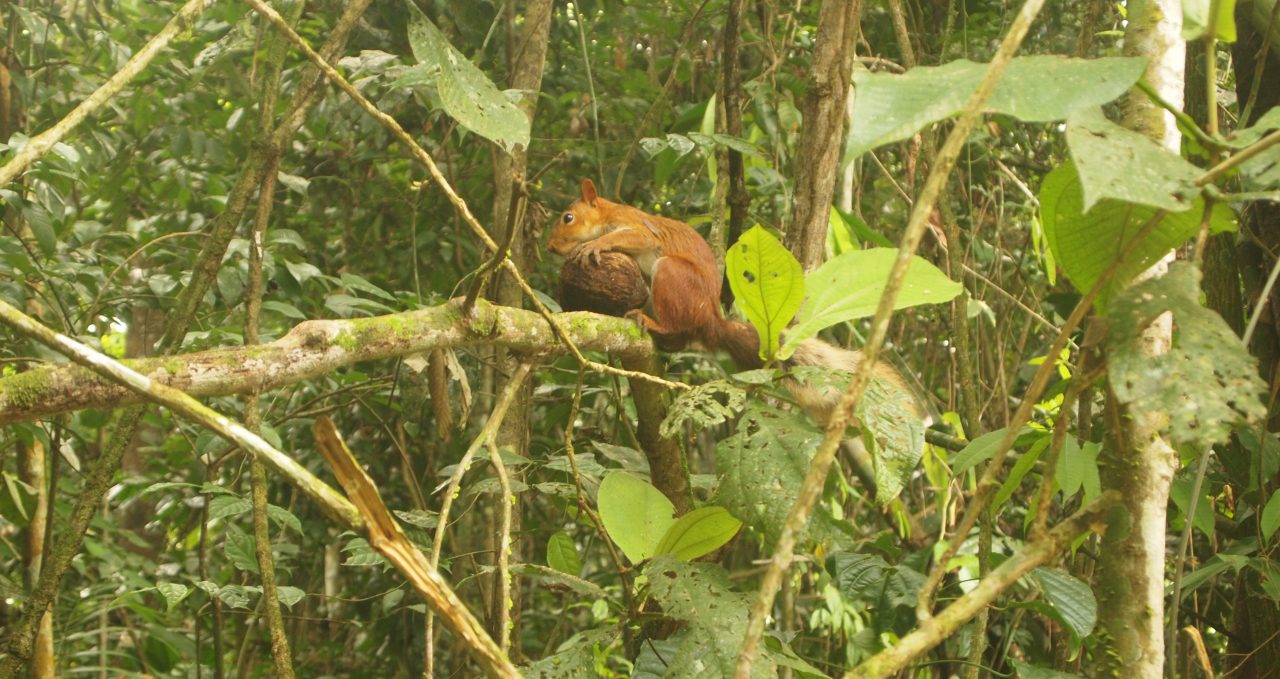
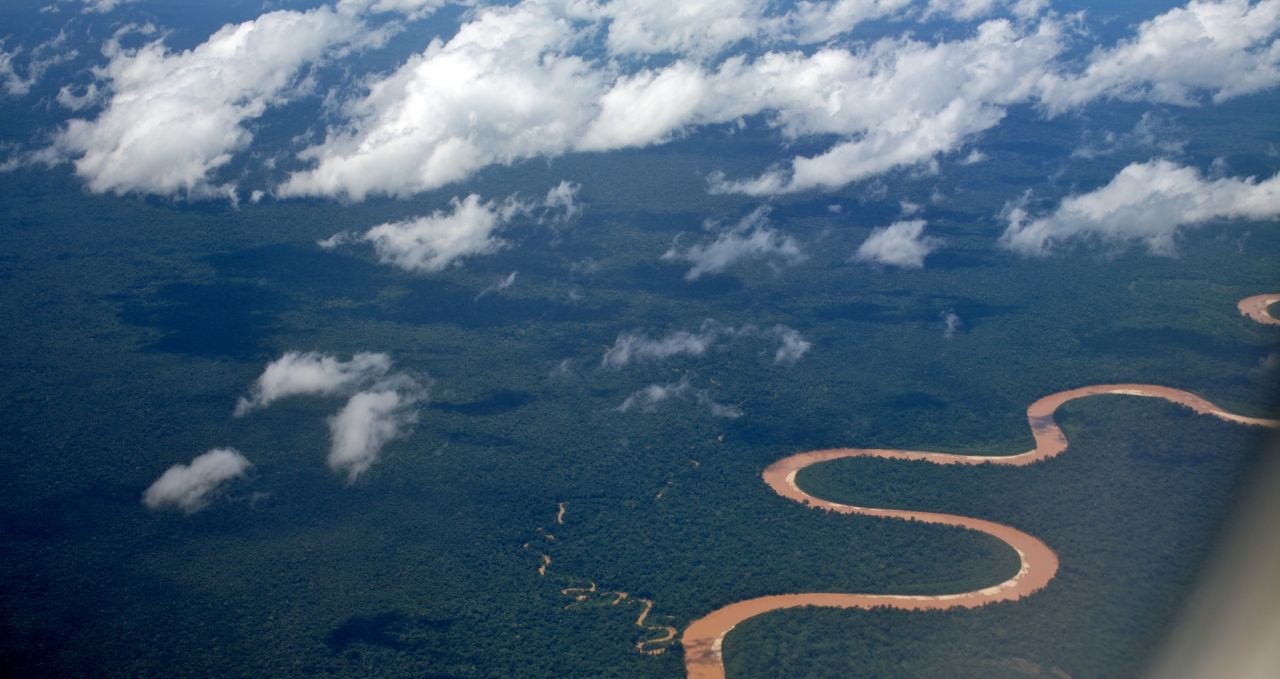
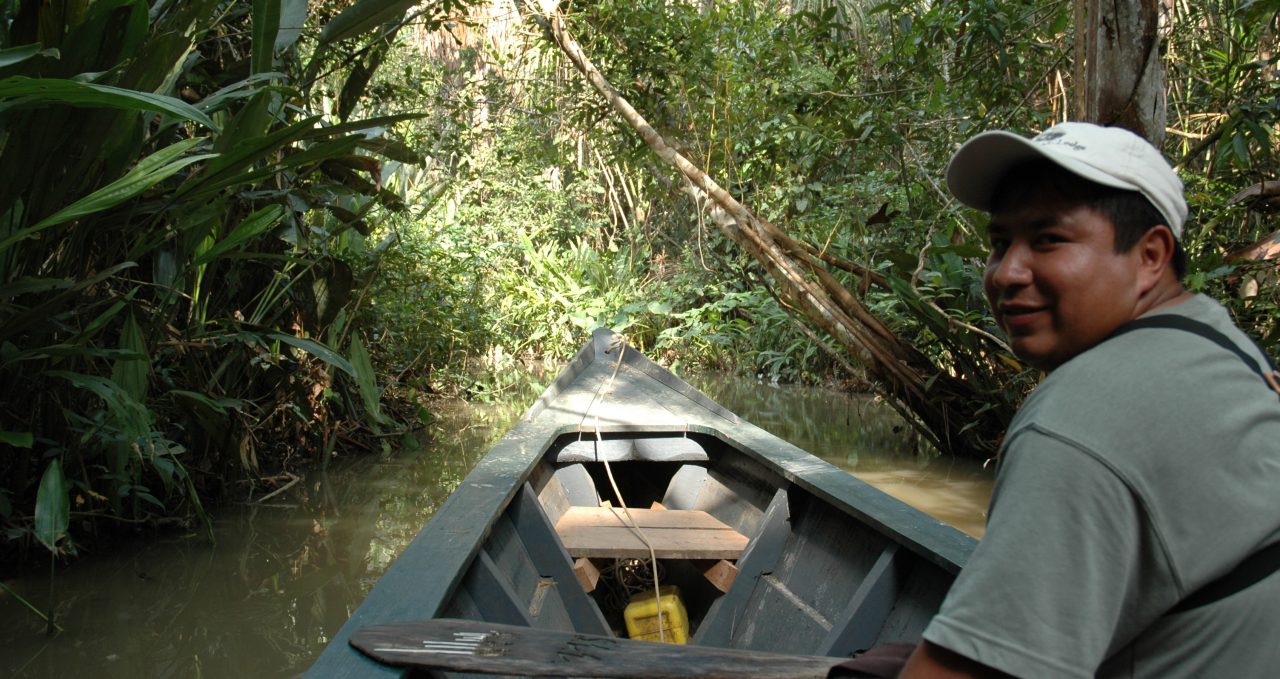
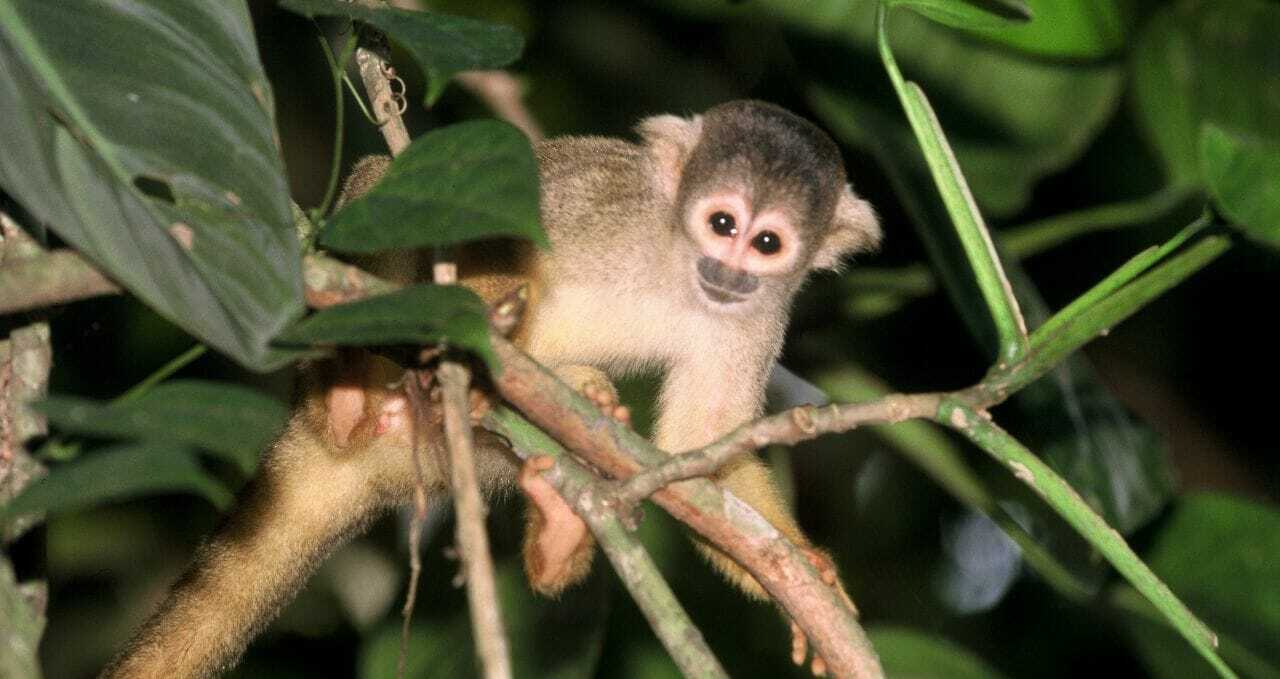
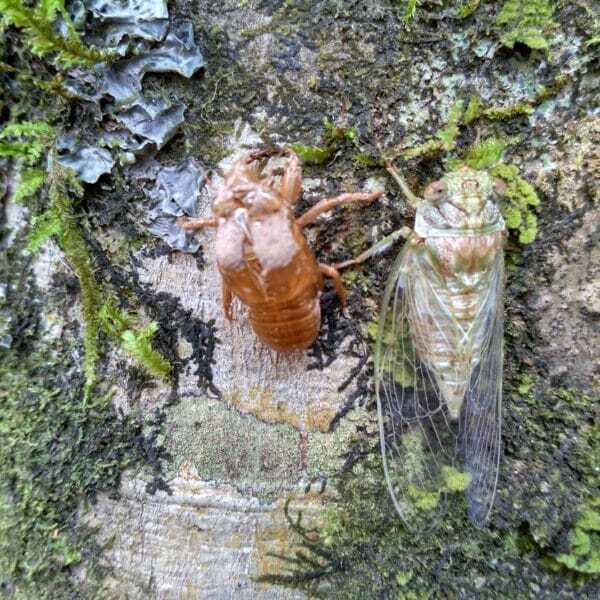
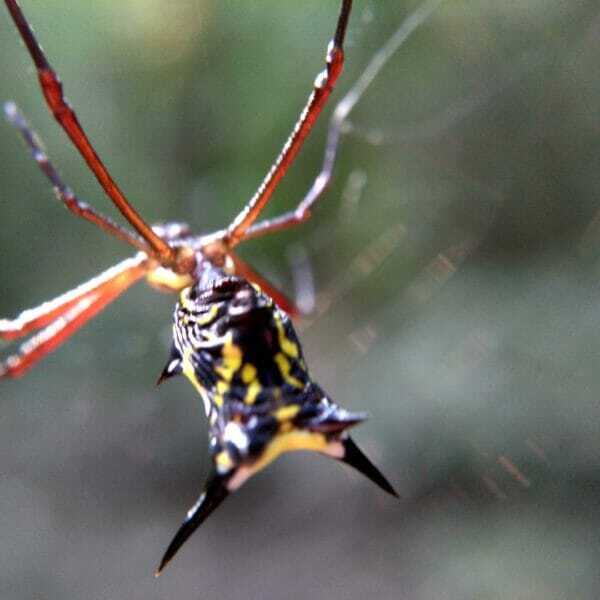
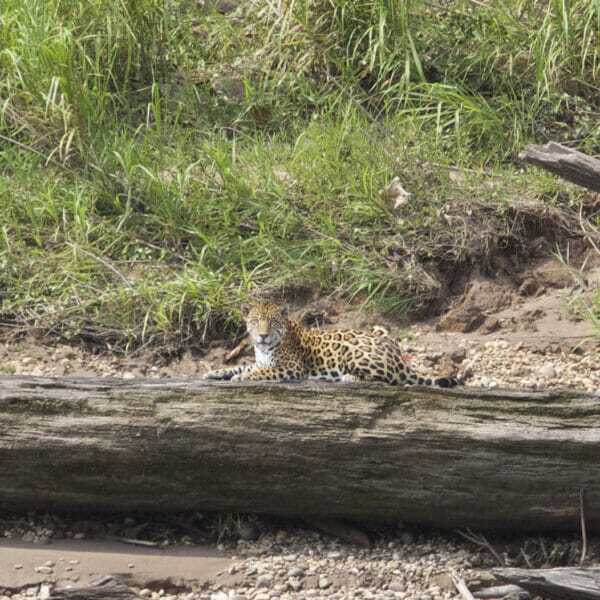
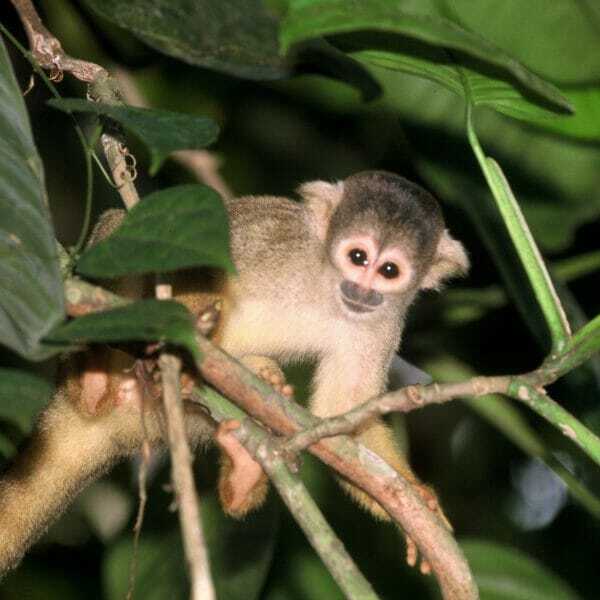
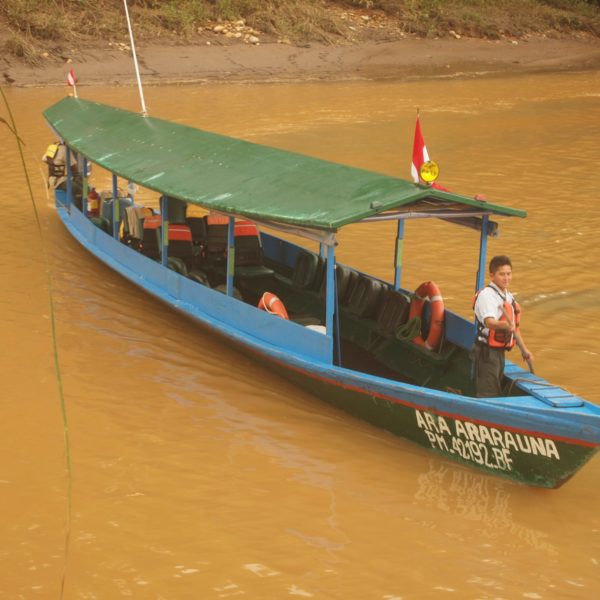
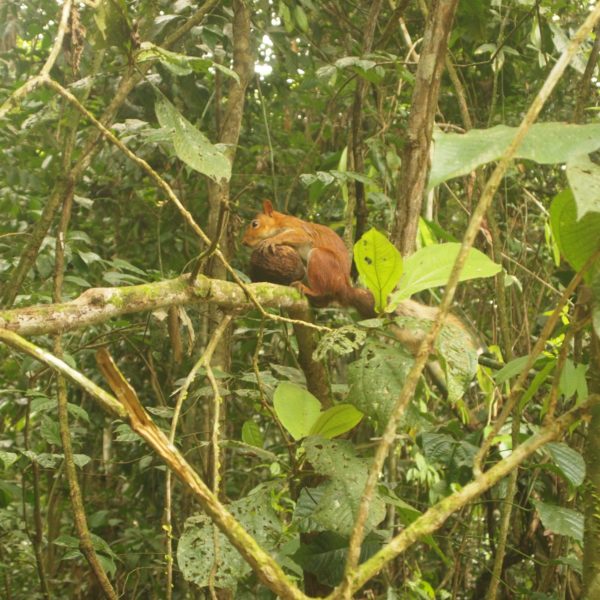
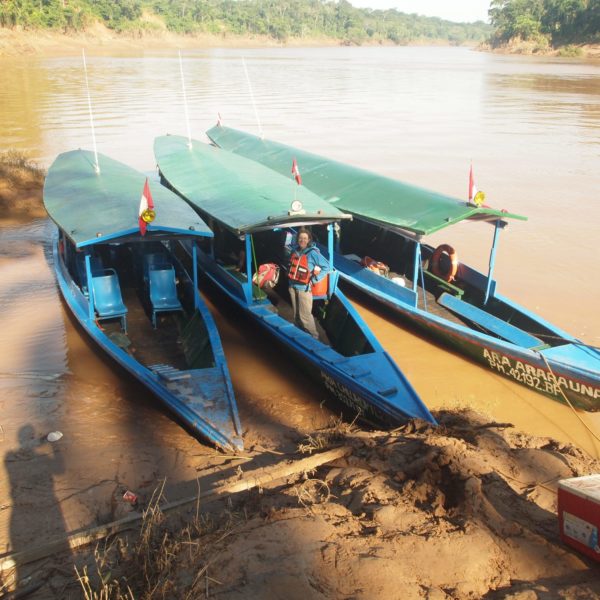
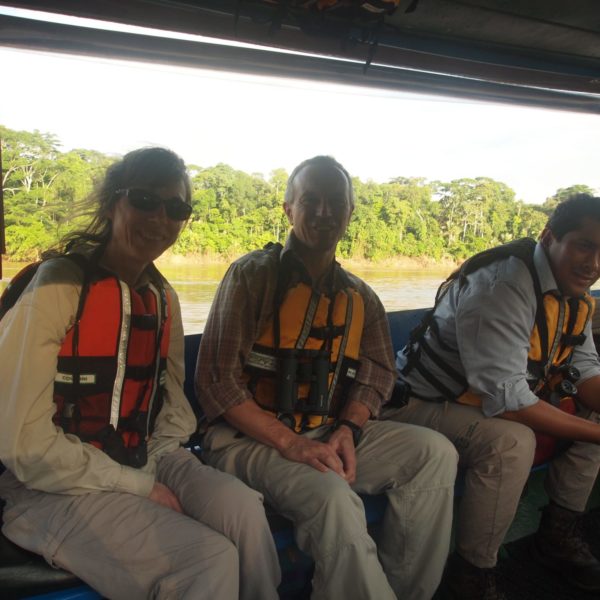
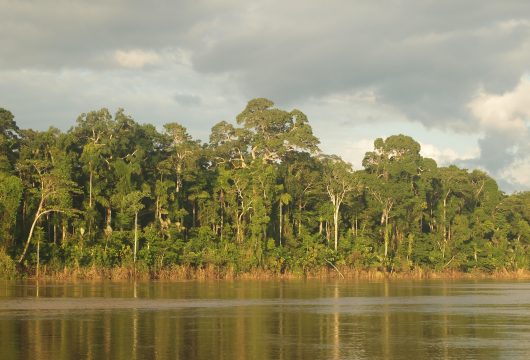
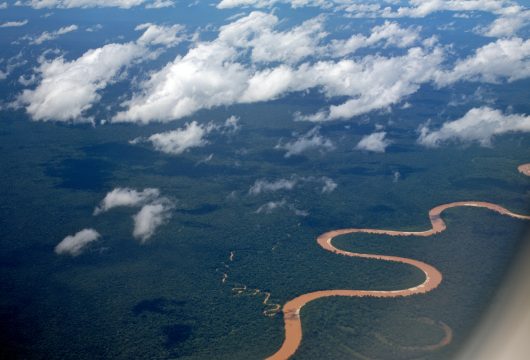
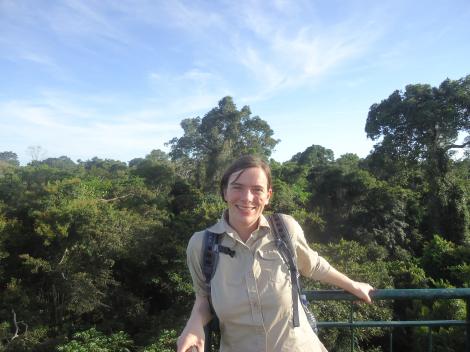
 a Tailor Made Tour
a Tailor Made Tour 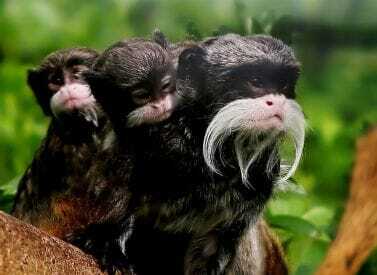
 a Group Tour
a Group Tour 